Edward Lawrenson visits the set of Brideshead Revisited and talks to director Julian Jarrold about his fresh approach to the classic story.
It's early June and a hunting party is assembled outside Castle Howard in Yorkshire, UK. Glancing at the sight of 20 or so mounted riders, impeccably attired in their finery, public visitors to this magnificent stately home may be forgiven for thinking the ban on hunting with dogs has been overturned. But tucked behind one of the building's Baroque wings is a large film crew readying the extras for another take.
This is the set of Brideshead Revisited, a feature film adaptation of Evelyn Waugh's novel. Published in 1945, the book revolves around narrator Charles Ryder's involvement with the Catholic aristocratic Flyte family, whose son Sebastian he meets at Oxford University in the 1920s.
It is acknowledged as one the great achievements of post-war English literature, but has become even better known as the lavish, Granada-produced 1981 TV mini-series, starring Jeremy Irons.
'I was reticent about touching it because of the TV series,' director Julian Jarrold recalls on being offered the script in late 2006 while he was editing another period piece, Becoming Jane.
But the adaptation by Jeremy Brock, who worked on the script after a draft by Andrew Davies, attracted Jarrold: 'Because Jeremy Brock is such an interesting writer, I re-read the book and realised it's an intense, knotty, complex work. There's plenty there to find a fresh approach.'
Jarrold, who took over the Ecosse Films project after original director David Yates moved on to Harry Potter And The Order Of The Phoenix, highlights the attention Brock has given the novel's treatment of extreme religious devotion (the relationship between Charles and Julia, Sebastian's sister, is frustrated when she returns to the faith), a theme that chimes with current concerns about fundamentalism.
'Everyone has this memory of the novel and the TV series as a beautiful view of the decline of the aristocracy. But when I read our script, I realised it's about how religion affects this complex, dysfunctional family,' Jarrold says. 'There's a clash between an atheistic view and a religious sensibility. It has a contemporary resonance.'
Though returning to Castle Howard, the production is based in a different wing to the TV series. New interiors have been built, and Alice Normington's production design is an enveloping Italianate pastiche.
'We agonised about coming here and looked at different houses,' Jarrold says. 'But we could create these great religious murals in our new rooms, which subtly evoke the world these characters have to live in.'
Produced by Ecosse Films, Brideshead Revisited's budget of around $20m (£10m) is backed by BBC Films, 2 entertain, the UK Film Council and Miramax, with Dreamachine handling sales.
The film is headed by a cast of young British actors, whom producer Kevin Loader at one point playfully refers to as 'the kids', rightly underlining the youth of Waugh's protagonists: Matthew Goode plays Charles; Ben Whishaw plays Sebastian; and former Screen International Star of Tomorrow Hayley Atwell plays Julia.
'We were very keen to have a British cast,' Loader says. Admitting there was not any direct pressure to cast US leads, he adds that an all-British cast 'hasn't made it easy. I'm sure if we had cast American, we'd have a more comfortable budget.'
With an 11-week shoot (almost half of which is in Yorkshire, the rest divided between Oxford, London, Venice and Morocco), Jarrold admits the schedule is 'tight and ambitious. It's tough every day, but the actors are so spot on.'
Having worked on period pieces in television, notably 1999's Great Expectations and 2002's Crime And Punishment (both for BBC TV), Jarrold agrees the faster demands of small-screen drama have helped his feature work. 'You can get through the schedule. It's always a trade-off between getting it absolutely right and not too many people breathing down your neck.'
He adds: 'We have a little more time on Brideshead than in my TV work; we can be a little more precise, particularly the second half with the choreography of the actors and using the house.'
Exploring Castle Howard is key to Jarrold's visual approach: 'The character of the house is part of the story - it's very alluring at first but it becomes very dominating. We've tried to follow the structure of the story, which is the movement from something that seems on the surface very alluring but gradually becomes darker.'
Another point of departure from the TV series is the diminished prominence given to Sebastian's beloved teddy bear, which as clutched by Anthony Andrews, became the series' iconic image. 'The teddy bear does survive but I think he'll be in the background,' says Loader. 'And I promise you will never see him in a production still.'




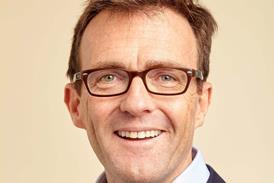
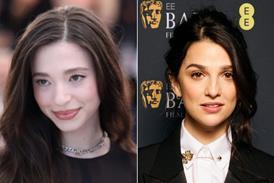
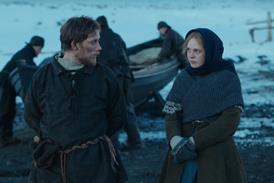
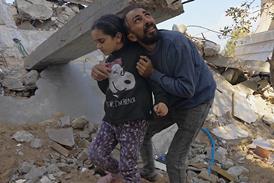

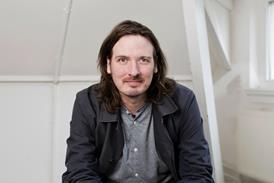


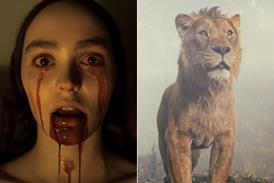


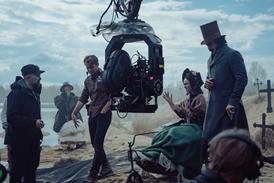

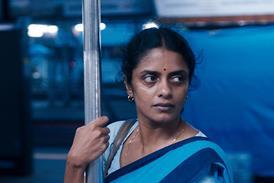

No comments yet